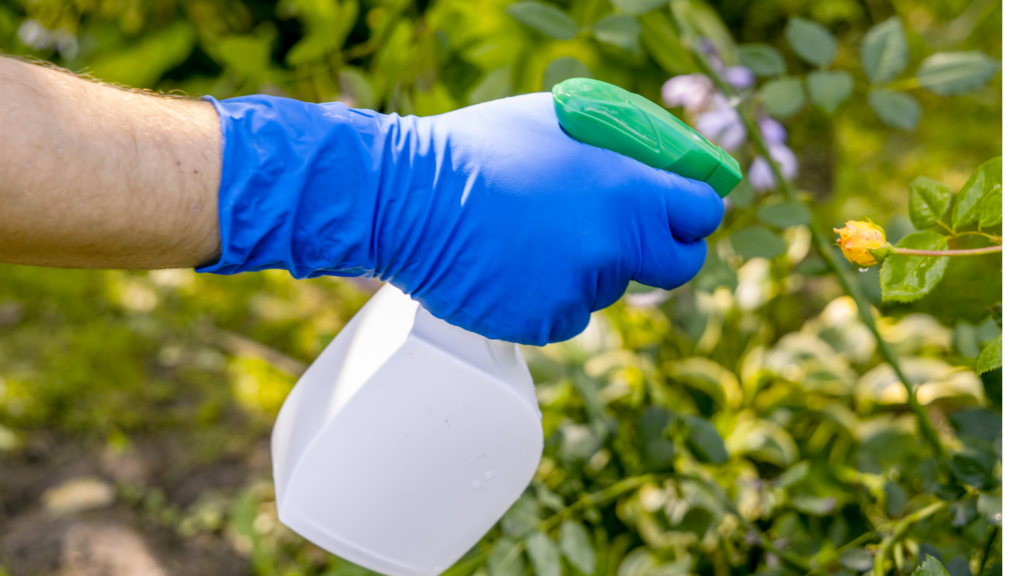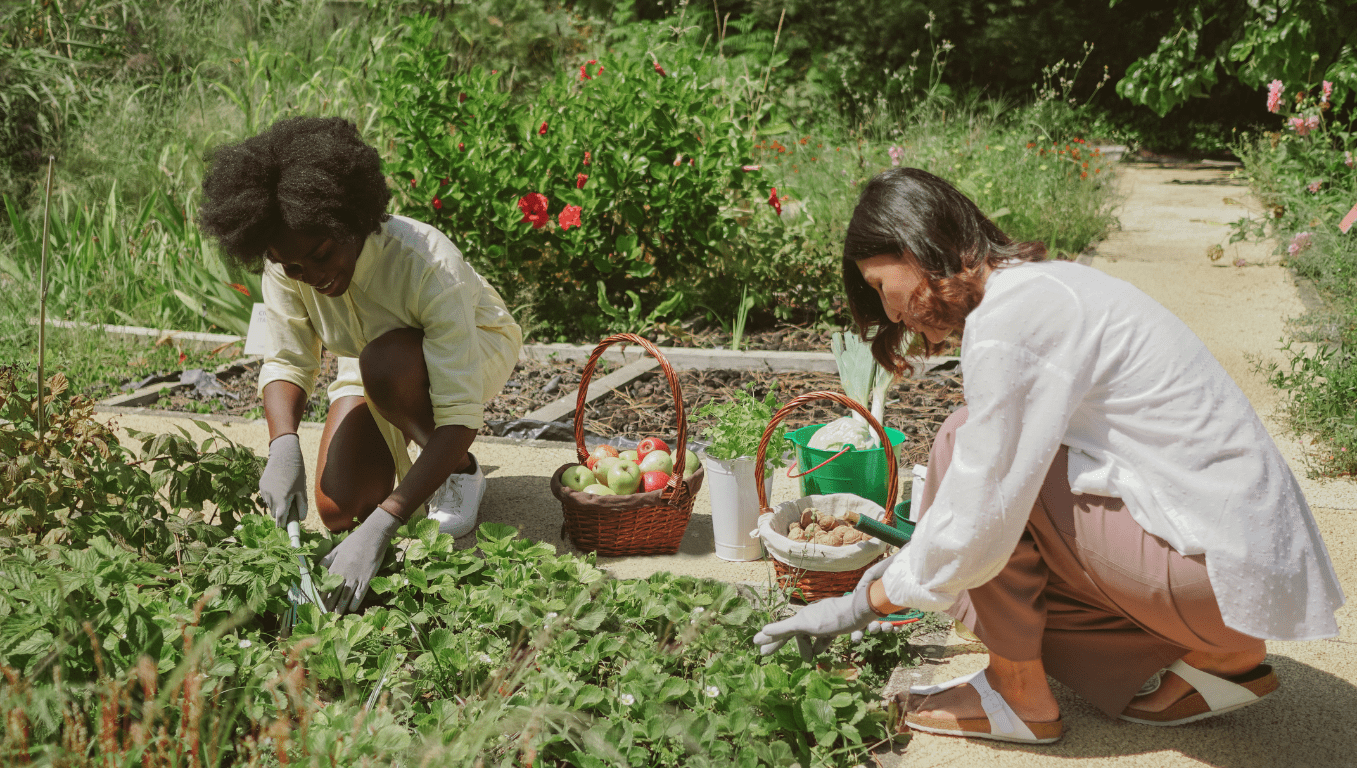The Rise of Urban Gardening
Why City Dwellers Are Turning to Urban Agriculture
Urban agriculture is growing in popularity as city dwellers seek a sustainable way to access fresh produce.
I’ve noticed a shift towards urban gardening due to its numerous benefits.
City residents are increasingly drawn to the idea of growing their own food as a means of ensuring quality, organic produce right at their doorstep.
Key Challenges in Urban Gardening
Despite its appeal, urban gardening comes with its set of challenges such as:
- limited space
- soil quality
- and sunlight availability
are some key hurdles urban gardeners face.
I’ve encountered these challenges firsthand while establishing my own urban garden but have found creative solutions to make the most of the space and resources available.
Setting Up Your Urban Garden
Choosing the Right Location
When setting up an urban garden, consider the optimal location to ensure your plants thrive.
Select a spot with at least six hours of sunlight a day for most vegetables.
Avoid areas near pollution sources like busy roads to maintain the quality of your produce.
To maximize space, look for vertical options such as walls or fences to grow climbing plants like beans or peas.
Container Gardening vs. Community Plots
Decide between container gardening and community plots based on your preferences and resources.
Opt for container gardening if you have limited space, as it allows you to grow a variety of plants in pots on balconies or rooftops.
Alternatively, choose community plots if you seek a sense of community and have access to shared gardening spaces in your neighborhood.
Essential Tools for the Urban Gardener
Starting with the Basics
When beginning your urban gardening journey, it’s essential to have the right tools to ensure successful cultivation. Here are some must-have tools that every urban gardener should consider:
- Trowel: A small hand tool that’s perfect for digging small holes, transplanting seedlings, and breaking up soil clumps.
- Pruners: Pruning shears are essential for trimming and shaping plants to promote healthy growth.
- Watering Can: Ensure your plants receive adequate hydration with a watering can, especially crucial during hot weather.
- Gloves: Protect your hands from dirt, thorns, and sharp objects while working in the garden.
- Hand Fork: Ideal for weeding, aerating soil, and mixing in fertilizer in small spaces.
Investing in Space-Saving Innovations
In urban gardening, maximizing space is key, and investing in space-saving innovations can help optimize your garden area.
Here are a few innovative tools and techniques to consider:
- Vertical Planters: Utilize vertical space by growing plants on walls or fences with specialized vertical planters.
- Hanging Baskets: Hang baskets from railings or hooks to grow flowers, herbs, or small vegetables.
- Self-Watering Containers: These containers have built-in reservoirs that automatically water your plants, perfect for busy urban gardeners.
- Compact Garden Tools: Opt for compact or foldable tools that are easy to store in small spaces.
- LED Grow Lights: Supplement natural light with LED grow lights, crucial for indoor gardens or areas with limited sunlight.
Urban Gardening Techniques and Strategies
When it comes to urban gardening, maximizing vertical space is essential. In crowded city settings, utilizing vertical space allows me to grow more plants in a limited area.
By incorporating techniques like trellising for climbing plants or using hanging baskets, I can make the most of every inch of available space.
Vertical gardening not only maximizes my crop yield but also adds a visually appealing aspect to my urban garden.
Companion planting and crop rotation are crucial strategies for successful urban gardening.
I pair compatible plants together to enhance growth and deter pests, creating a harmonious ecosystem within my garden.
Additionally, practicing crop rotation helps maintain soil health by reducing the risk of nutrient depletion and minimizing the build-up of pests and diseases.
By following a structured planting schedule and rotating crops annually, I can optimize the productivity of my urban garden while promoting overall plant health.
Managing Pests and Diseases in an Urban Environment

Organic Pest Control Methods
In urban gardening, I prefer using organic pest control methods to keep my plants healthy without harmful chemicals.
One effective technique I use is neem oil, a natural pesticide that targets common garden pests like aphids and spider mites.
Introducing beneficial insects such as ladybugs and praying mantises also helps maintain a balance in the garden ecosystem.
These natural predators feed on harmful pests, keeping their populations in check without the need for synthetic pesticides.
Preventative Measures for Healthy Plants
To ensure my plants thrive in the urban environment, I focus on preventative measures to maintain their health.
One essential practice is proper spacing between plants to promote good air circulation, reducing the risk of fungal diseases.
Regularly inspecting plants for early signs of pests or diseases allows me to take prompt action before any issues escalate.
Additionally, I rotate crops each season and practice companion planting to deter pests naturally and improve soil fertility.
These preventative measures are key to cultivating a vibrant and productive urban garden.
The Benefits of Urban Gardening
Fresh Food at Your Fingertips
When it comes to urban gardening, one of the significant benefits is the immediate access to fresh, organic produce right at home.
I can step outside and harvest ripe tomatoes, crisp lettuce, and fragrant herbs for my meals.
This convenience not only ensures that I consume the freshest ingredients but also allows me to reduce my carbon footprint by minimizing trips to the grocery store and the associated packaging waste.
Environmental and Social Impacts
Engaging in urban gardening goes beyond personal benefits; it contributes positively to the environment and society as a whole.
By growing my own food in the city, I actively participate in reducing the demand for commercially produced crops, which often involve extensive transportation and environmentally harmful practices.
Additionally, having green spaces in urban areas created through gardening initiatives can improve air quality, provide habitats for beneficial insects, and enhance the overall aesthetics of the neighborhood.
In terms of social impacts, urban gardening fosters a sense of community and shared responsibility.
I can exchange gardening tips with neighbors, participate in local gardening events, and even donate excess produce to those in need, promoting solidarity and collaboration within the urban environment.
The act of urban gardening can inspire others to follow suit, creating a ripple effect of positive change in the community.



